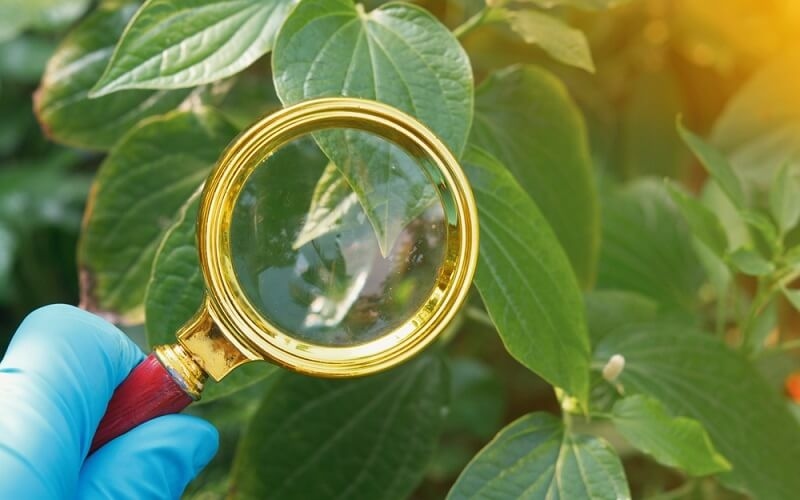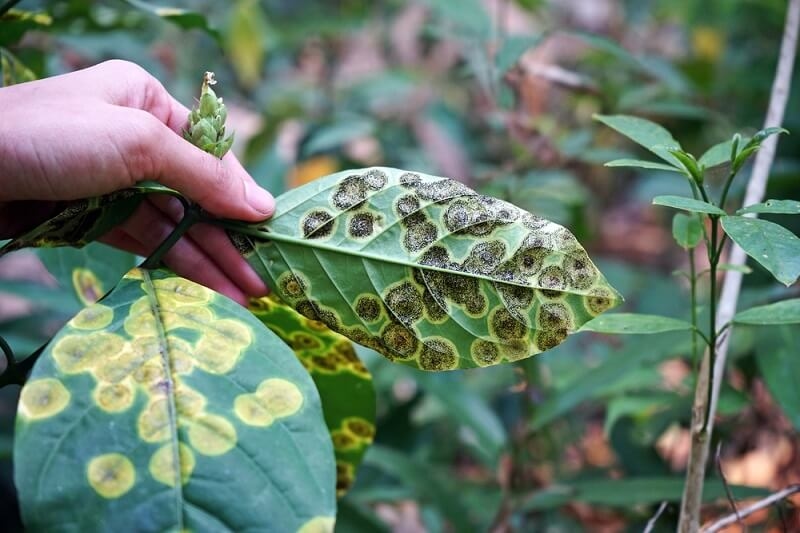
Gardens can sometimes grow strong and sometimes it may struggle as well. The reason is often common plant diseases. If gardeners know what to look for, they can save plants before it’s too late. Even beginners can practice beginner plant disease identification. Just paying attention every day helps. Watching leaves, stems, and soil can tell the story of a plant’s health. Early action matters.
Plants can get sick in many ways. Fungi, bacteria, and viruses are common causes. They travel through soil, water, and even tools. These common plant diseases can spread fast when plants are crowded or the weather is wet.
For beginners, beginner plant disease identification starts with knowing what causes the problems. Most infections appear when plants are stressed. Too much water, too little airflow, or dirty tools help them spread.
When gardeners notice the first warning signs, simple steps often stop the problem. Cleaning tools, removing damaged leaves, and giving space between plants are easy but effective. Healthy plants need attention, not complicated treatments.
Leaves are the first to show that something is wrong. Learning to spot problems is the easiest way to start beginner plant disease identification. Healthy leaves are green, smooth, and even. Sick leaves change color, shape, or texture.
You should look for the following signs:
Leaves may turn yellow or brown from fungus or poor soil. It usually starts on the lower leaves.
Small brown or black spots often mean leaf spot disease. They spread quickly in rainy weather.
Curling or limp leaves show root trouble or overwatering.
White or gray powder on leaves is mildew. It slows growth and blocks sunlight.
Pests can cause holes or broken edges. This can carry diseases which can harm the plant.
Checking the leaves regularly is extremely important, even if it is a for a few minutes every day. Catching these problems early stops common plant diseases from spreading.
Leaves give clues about plant health. Knowing signs of unhealthy leaves helps gardeners take action early.
These signs make beginner plant disease identification easier. Gardeners who notice these changes can prevent serious damage. It’s about watching carefully, not knowing everything.

Outdoor plants face more challenges than indoor ones. They are open to wind, rain, and insects. Some most common outdoor plant infections happen often in spring and summer.
White or gray powder can appear on leaves during warm days and cool nights.
Orange or brown dots under leaves can make the plants weak over time.
Small brown or black circles are very common during the rainy season.
All these infections thrive when plants are weak. Simple habits like keeping leaves dry and spacing plants properly reduce risks. Regular checks make a big difference.
Learning how to spot early plant disease isn’t difficult. It is about noticing changes before they get worse.
A few minutes every day is enough. These small routines prevent common plant diseases.
Gardens in Dallas have unique risks. Hot days, sudden rain, and humidity affect plant health. Garden diseases in Dallas are common because conditions help fungus and bacteria grow.
The most common issues that gardeners face are given below:
Knowing regional risks helps gardeners act early. Adjusting watering, spacing plants, and improving soil drainage makes a big difference.
Preventing disease doesn’t need complicated work. These simple habits help avoid common plant diseases:
You should water the base of the plant and not on the leaves. This helps in keeping the fungus away.
It is extremely important to wash the tools after you use them in order to prevent diseases from spreading.
Make sure that you remove all the dead or infected leaves to keep the plant safe and healthy.
You should make sure that the plant receives sufficient airflow in order to prevent infections.
Always make sure that you do not plant the same species in the same spot every season.
Following these habits consistently keeps plants healthy. They are easy, practical, and effective.
Healthy gardens need steady attention. The best gardeners notice small changes. Creating habits of observation helps catch issues early.
Observation is simple but powerful. Plants respond quickly when cared for consistently. Early attention often prevents common plant diseases entirely.
Gardens thrive when attention is steady. Spotting common plant diseases early, watching leaves, and knowing local risks saves plants. With daily observation and simple habits, any gardener can keep plants healthy and full of life. Consistency and care are what make a garden flourish.
This content was created by AI